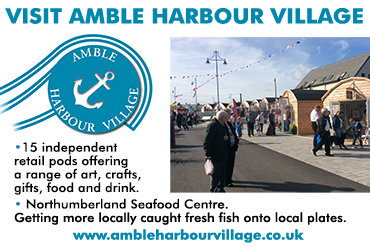Space for shorebirds: protecting nesting birds
The mud flats of the Coquet Estuary play a vital role in supporting thousands of birds throughout the year. The marine creatures living within the nutrient-rich sediment are an essential food source for shorebirds. At this time of year thousands of birds are passing through Northumberland on their migration north, the estuary offers a place for them to rest and refuel before the next leg of their journey. The sheltered water also provides a place to hunt for food for many other species, such as eider ducks, gulls and cormorants, as well as terns, which are arriving in the county to nest, having spent the winter in western Africa.

Look out for the signs!
Most of the shorebirds we have been observing over the winter have now left to breed in the Arctic Circle. However some have stayed in Northumberland to nest on sandy and shingle beaches. Ringed plover are in particular need of our help, as their population is declining rapidly, driven by habitat loss, predation and increased disturbance.
In the coming months, we will be working with the incredible Coast Care volunteers to help protect as many ringed plover nests as we can along the whole of the coast. Pairs of nesting shorebirds form breeding territories rather than nesting in large colonies, mainly so that resources such as food are not shared between more than one family. This results in nests being spread out sporadically, so we need help to find these locations to ensure they are protected.
Nest protection sites will be appearing along the coast, accompanied by signage. They ask beach users to give them space, as they are incredibly sensitive to disturbance. If you see our wildlife rangers out on the coast, please do stop to say hello and find out all about the nesting birds! You can also follow us on social media (search Space for Shorebirds on Facebook, Instagram and Twitter) to keep up to date with the progress of the birds throughout the season. Thank you for giving Space for Shorebirds.












